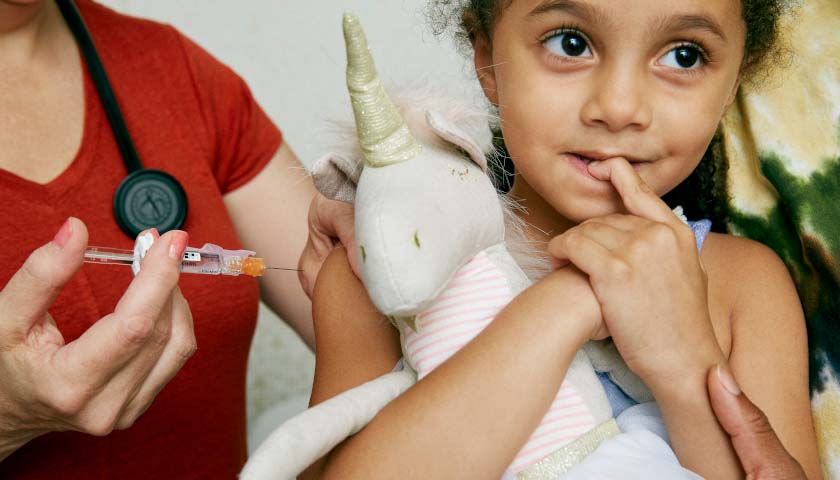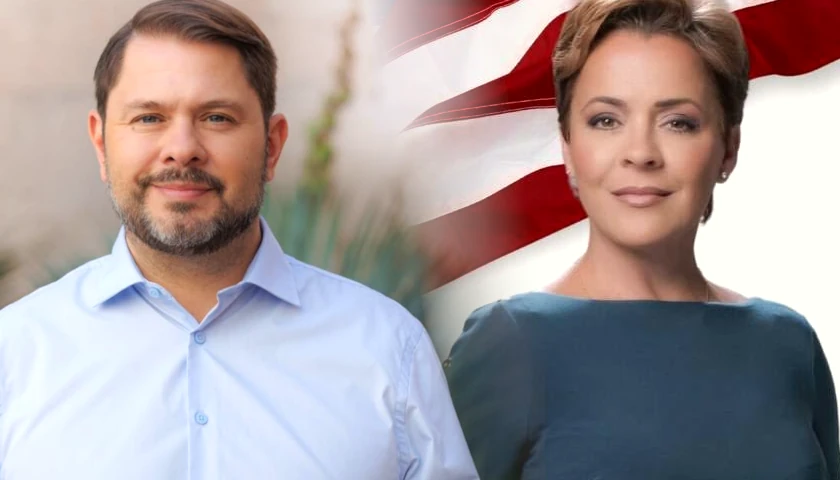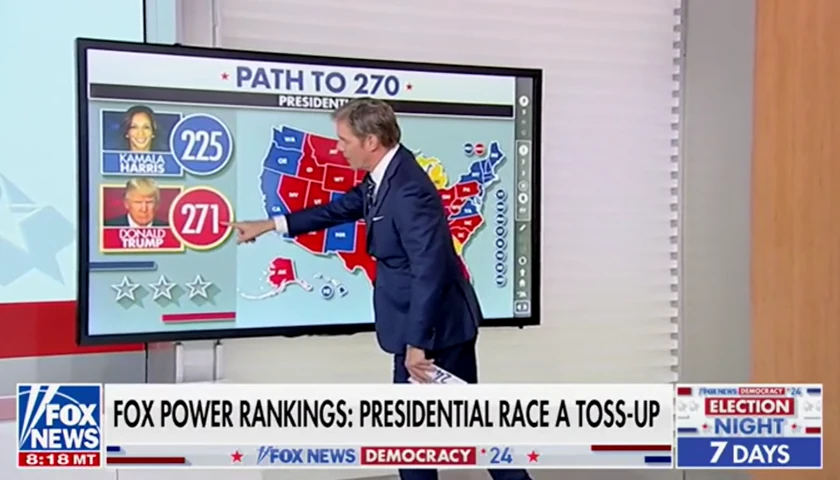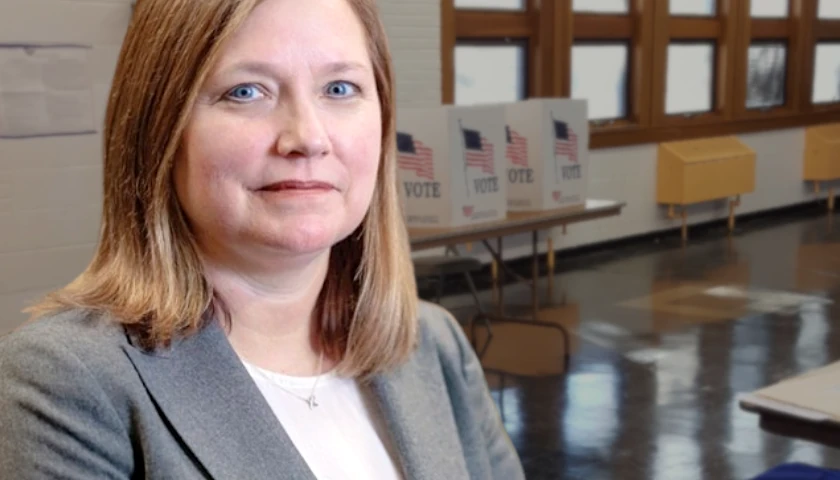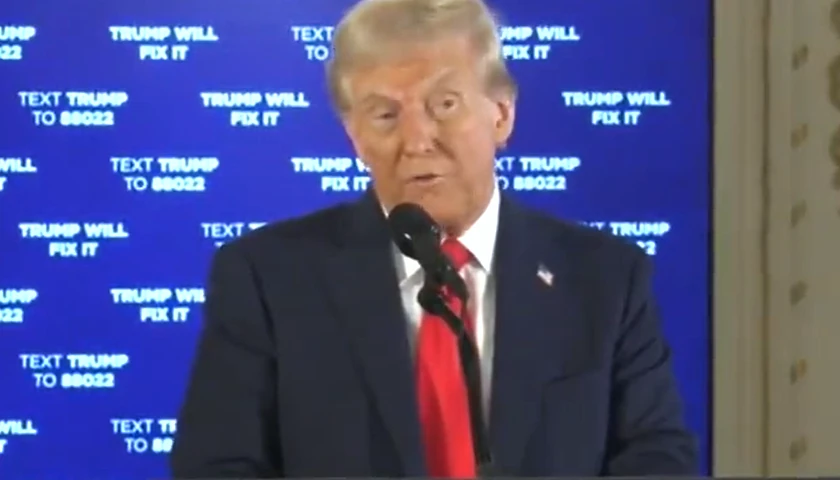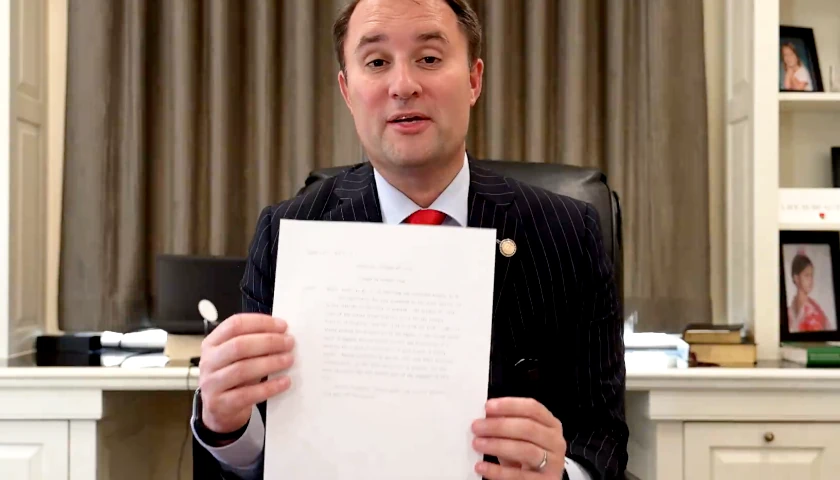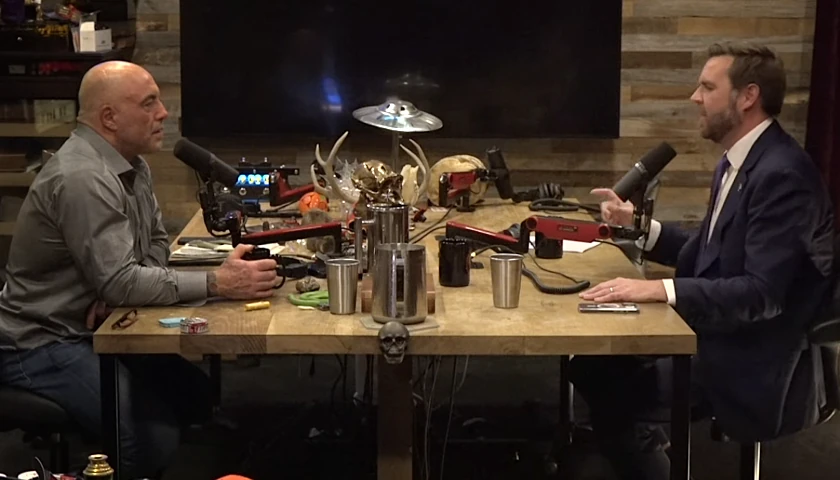by Kerry McDonald
The Los Angeles public schools opened last month with some of the strictest coronavirus control measures in the country. Students and staff are required to wear masks inside and outside, participate in weekly virus testing, and obey social distancing protocols. District staff are also required to get the COVID-19 shot, and now all Los Angeles public school students ages 12 and over are forced to get the vaccine.
On Thursday, the Los Angeles school board voted to pass the student vaccine mandate, with one board member stating: “So I do not see this as your choice or my choice or about my great nieces and nephews and grandchildren or your children. I see this as a community necessity to protect the children under 12 who cannot be vaccinated.”
Los Angeles public school students have until the end of the calendar year to get fully vaccinated, unless they participate in extracurricular activities which requires full vaccination by October 31st. If they don’t comply, students will be pushed into a district-run online learning program. In 2015, California eliminated its religious vaccine exemption and now only recognizes medical exemptions for schoolchildren.
Some parents expressed outrage over the student vaccine mandate. Board Vice President Nick Melvoin told The New York Times that more than half of the emails he received when the student vaccine mandate was first proposed were from people who were against the mandate.
During the public comment section of Thursday’s school board meeting, Diana Guillen who is a parent of a local student and leads the District English Learner Advisory Committee, spoke out in opposition of the mandate: “This decision should be made by parents, not by you. We know if our children need the vaccine or not. It’s like you’re taking away our rights to care for our children,” she said. National polls show many parents are reluctant to vaccinate their children for COVID-19, and the majority of parents oppose school COVID-19 vaccine mandates for students.
In supporting the Los Angeles mandate, Melvoin said that a “medical and scientific consensus has emerged that the best way to protect everyone in our schools and communities is for all those who are eligible to get vaccinated.”
But there is not a “medical and scientific consensus” on the decision to vaccinate healthy children for COVID-19.
Last week, a scientific advisory panel in the UK warned against vaccinating children ages 12 to 15 with the COVID-19 shot. The Joint Committee on Vaccination and Immunisation (JCVI) recommended the shot for children with certain underlying conditions, but suggested that the potential risks of the shot for healthy children outweigh the benefits of vaccination for this young cohort.
“There are uncertainties about the long-term implications of (myocarditis), and that makes the risk-benefit balance for these children really quite tight and much tighter than we would be comfortable to make the recommendation,” JCVI member Adam Finn told Reuters.
Experts in UK – Don't do it, the math is not favorable
Experts in LA – if you don't do it, we won't even teach you math https://t.co/mwKUOC23Wc
— Vinay Prasad, MD MPH 🎙️📷 (@VPrasadMDMPH) September 10, 2021
A new medical preprint analyzed data on the risk of a cardiac adverse event (CAE) in children who received the COVID-19 vaccine compared with children who were hospitalized due to natural infection with the virus. The researchers conclude that the vaccine risk is higher, especially for young boys. So The researchers state: “For boys 12-17 without medical comorbidities, the likelihood of post vaccination dose two CAE is 162.2 and 94.0/million respectively. This incidence exceeds their expected 120-day COVID-19 hospitalization rate at both moderate (August 21, 2021 rates) and high COVID-19 hospitalization incidence.”
Leading physicians, such as Jay Bhattacharya of Stanford University, say this paper’s findings show that from a public health perspective, “personal decision making” about COVID-19 vaccines for children is “better than universal vax.”
This paper, by @TracyBethHoeg, @KrugAlli, @drjohnm, @ifihadastick is a model of how to analyze VAERS data.
Key takeaway:
Risks & benefits of covid vax for children depend on previous immunity, comorbidities, etc. Personalized decision making better than universal vax. https://t.co/g0FiPRoYLa— Jay Bhattacharya (@DrJBhattacharya) September 9, 2021
In the coming weeks, more school districts may follow Los Angeles’s lead in mandating student COVID-19 vaccines. Parents will have some tough choices to make, and some may decide to remove their children from their district for homeschooling and other private education options. Last year, public school enrollment fell an average of 3% nationwide, as parents removed their children from local schools or delayed school entry for young children. The US homeschooling rate doubled in 2020 to over five million students, or more than 11 percent of the overall school-age population. There are signs that families are choosing to opt out of district schooling this year at record rates, and they have more education options available to them than ever before.
Los Angeles in particular, home to the second largest school district in the US, had the state’s largest public school enrollment drop in 2020, falling by 4.76%. With new public school mandates that anger many parents, along with many more schooling alternatives sprouting by the day, school districts across the country could continue to see plummeting enrollment this academic year and beyond.
– – –
Kerry McDonald is a Senior Education Fellow at FEE and author of Unschooled: Raising Curious, Well-Educated Children Outside the Conventional Classroom (Chicago Review Press, 2019). She is also an adjunct scholar at The Cato Institute and a regular Forbes contributor. Kerry has a B.A. in economics from Bowdoin College and an M.Ed. in education policy from Harvard University. She lives in Cambridge, Massachusetts with her husband and four children. You can sign up for her weekly newsletter on parenting and education here.
Photo “child being vaccinated” by SELF Magazine CC BY 2.0.

